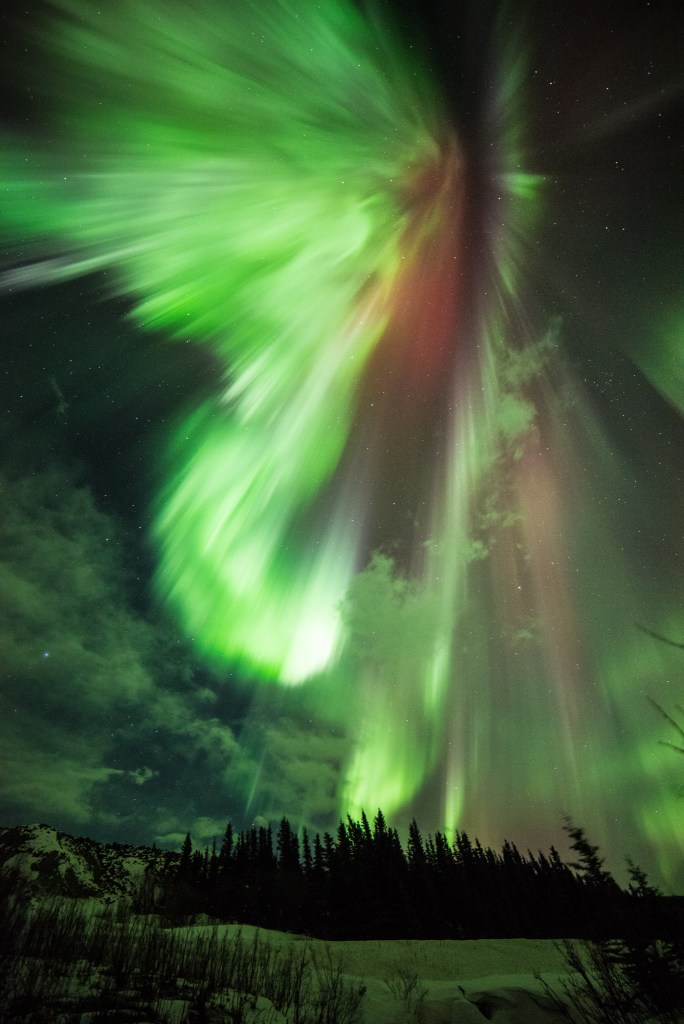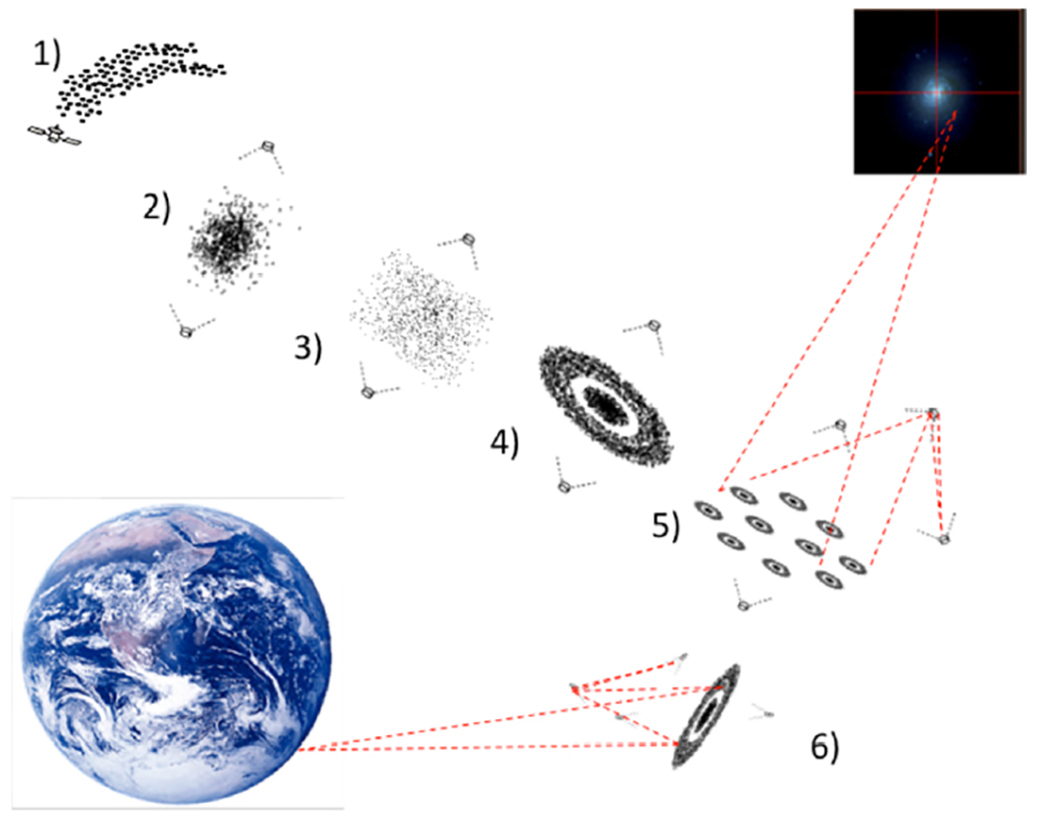Marco Quadrelli
NASA JPL
NIAC 2012 Phase I Quadrelli Orbiting Rainbows Final Report
Description
Our objective is to investigate the conditions to manipulate and maintain the shape of an orbiting cloud of dust-like matter so that it can function as an ultra-lightweight surface with useful and adaptable electromagnetic characteristics, for instance, in the optical, RF, or microwave bands. Inspired by the light scattering and focusing properties of distributed optical assemblies in Nature, such as rainbows and aerosols, and by recent laboratory successes in optical trapping and manipulation, we propose a unique combination of space optics and autonomous robotic system technology, to enable a new vision of space system architecture with applications to ultra-lightweight space optics and, ultimately, in-situ space system fabrication. Typically, the cost of an optical system is driven by the size and mass of the primary aperture. The ideal system is a cloud of spatially disordered dust-like objects that can be optically manipulated: it is highly reconfigurable, fault-tolerant, and allows very large aperture sizes at low cost. The solution that we propose is to construct an optical system in space in which the nonlinear optical properties of a cloud of micron-sized particles are shaped into a specific surface by light pressure, allowing it to form a very large and lightweight aperture of an optical system, hence reducing overall mass and cost. Other potential advantages offered by the cloud properties as optical system involve possible combination of properties (combined transmit/receive), variable focal length, combined refractive and reflective lens designs, and hyper-spectral imaging. A cloud of highly reflective particles of micron size acting coherently in a specific electromagnetic band, just like an aerosol in suspension in the atmosphere, would reflect the Sun’s light much like a rainbow. The only difference with an atmospheric or industrial aerosol is the absence of the supporting fluid medium. This new concept is based on recent understandings in the physics of optical manipulation of small particles in the laboratory and the engineering of distributed ensembles of spacecraft swarms to shape an orbiting cloud of micron-sized objects. In the same way that optical tweezers have revolutionized micro- and nano-manipulation of objects, our breakthrough concept will enable new large scale NASA mission applications and develop new technology in the areas of Astrophysical Imaging Systems and Remote Sensing because the cloud can operate as an adaptive optical imaging sensor. While achieving the feasibility of constructing one single aperture out of the cloud is the main topic of this work, it is clear that multiple orbiting aerosol lenses could also combine their power to synthesize a much larger aperture in space to enable challenging goals such as exo-planet detection. Furthermore, this effort could establish feasibility of key issues related to material properties, remote manipulation, and autonomy characteristics of cloud in orbit. There are several types of endeavors (science missions) that could be enabled by this type of approach, i.e. it can enable new astrophysical imaging systems, exo-planet search, large apertures allow for unprecedented high resolution to discern continents and important features of other planets, hyperspectral imaging, adaptive systems, spectroscopy imaging through limb, and stable optical systems from Lagrange-points. Furthermore, future micro-miniaturization might hold promise of a further extension of our dust aperture concept to other more exciting smart dust concepts with other associated capabilities.































